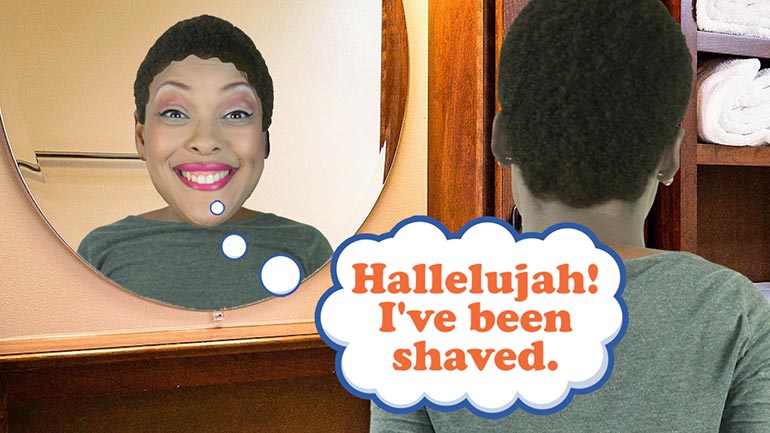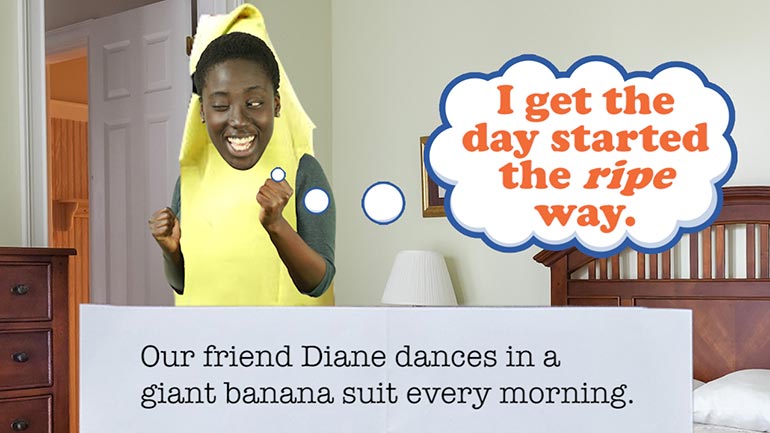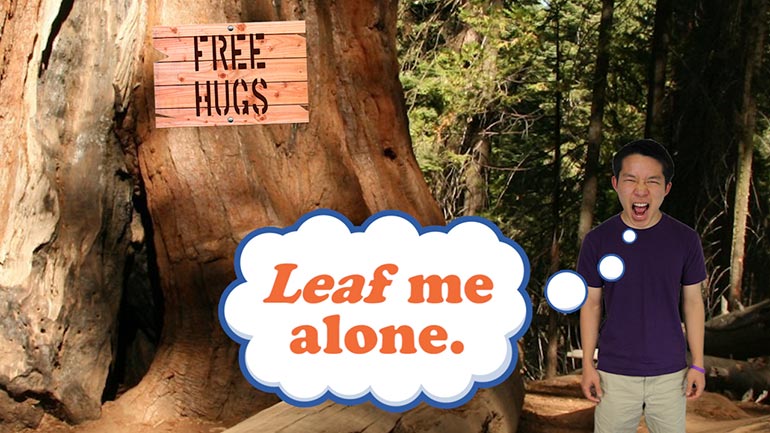ShmoopTube
Where Monty Python meets your 10th grade teacher.
Search Thousands of Shmoop Videos
Science 4: Reading a Topographic Map 100 Views
Share It!
Description:
Knowing how to read Topographical maps is both useful and kind of awesome. It makes you feel like Indiana Jones, or basically anyone else who's actually qualified to be outside.
Transcript
- 00:13
We live in a modern high-tech world self-driving cars exist [woman driving without her hands touching the steering wheel]
- 00:17
drones can deliver packages the day we order them and we can unlock our phones
- 00:22
[phone being unlocked with a thumb print] with our thumb print like we're spies so this old thing it's boring after all
- 00:27
it's just a flat piece of paper how can it help to compete with satellite
- 00:31
imagery or 3D holograms well as it turns out they're actually not too bad at
Full Transcript
- 00:35
capturing 3d information if you can read a topographic map you should be able to [image of a topographic map]
- 00:39
tell how the ground goes up and down just like you would from a 3d shape and
- 00:43
unlike a 3d hologram they won't run out of batteries when you're on top of a [3D hologram fading away from running out of batteries]
- 00:47
mountain see that boring old paper map will come in handy when the only folks
- 00:51
who know the way back down are the mountain bears to show different [mountain bear chasing people with a topographic map]
- 00:55
elevations topographic maps use contour lines which are lines that connect
- 00:59
points of equal elevation so if you see a contour line on a map you know that [Coop pointing to a definition of contour lines on a chalkboard]
- 01:04
every point on that line is the same height in the real world that means that
- 01:08
contour lines can't cross because that would mean the points where they cross [example of contour lines crossing on a topographic map]
- 01:12
would be at two different elevations which is impossible some contour lines
- 01:16
include even more information for example index contours are labeled with
- 01:20
an elevation so you can tell just how high does points are even if you didn't [arrow pointing to index contours on the topographic map]
- 01:24
bring hundreds of meters of measuring tape and at the very tops of hills and
- 01:28
mountains you'll see closed circles marking off the very highest elevation
- 01:32
which we would have marked with dance parties and free Gatorade but circles [people at the highest elevation of a mountain drinking gatorade]
- 01:37
works too we also find closed circles around depressions where the ground is
- 01:41
getting lower these also come with little lines called hachure marks which [example of hachure marks by a lake on a topographic map]
- 01:45
point down slope towards the center of the depression with the help of a
- 01:49
topographic map we can learn all sorts of stuff about the land they describe
- 01:52
for example the gaps between contour lines tells us how slowly or quickly the [arrow pointing to the gaps between the contour lines]
- 01:57
elevation is rising we call the difference in elevation between two
- 02:01
contour lines the contour interval if your map has a contour interval of 5 [person holding a topographic map]
- 02:06
feet that means that between any two contour lines the ground is rising or
- 02:09
falling by 5 feet this particular contour interval will be listed
- 02:13
somewhere on your map but whatever the interval is contour lines that are [contour interval of 34 shown on a topographic map]
- 02:17
closer together show steepness since elevation is changing quickly that's
- 02:21
really good to know if you happen to like taking gentle walks rather than [man with his hands on his hips walking through rocky terrain]
- 02:24
experiencing we don't know a terrifying day of rock climbing not that that
- 02:28
happened to us or anything and believe it or not topographical maps can even tell
- 02:32
you which way water is flowing when contour lines cross the valley or stream [example of topographic map showing which direction water is flowing]
- 02:36
they make a series of v's or u's these also point upstream so the water is
- 02:41
flowing in the opposite direction we'd like to see Siri do that we might need a [girl throwing her iphone into the river]
- 02:46
new phone
Up Next
Sticks and stones, right? Well...only sometimes. It's a good idea to make sure your words aren't going to hurt others. Let's look at some ways to d...
Related Videos
Learn to debate like a champ. It's way better than debating like a chimp. That just takes mudslinging to a whole new level.
Today we'll learn about biographies and autobiographies. And no, the second one has nothing to do with the lives of cars.
In this lesson we'll subject you to some verbs and predicates. Each one is a necessary part of a complete breakfas—er...sentence.
Choosing words carefully is important. You may end up vexing the assemblage of citizens you're conversing with...or you might even just plain bore...




